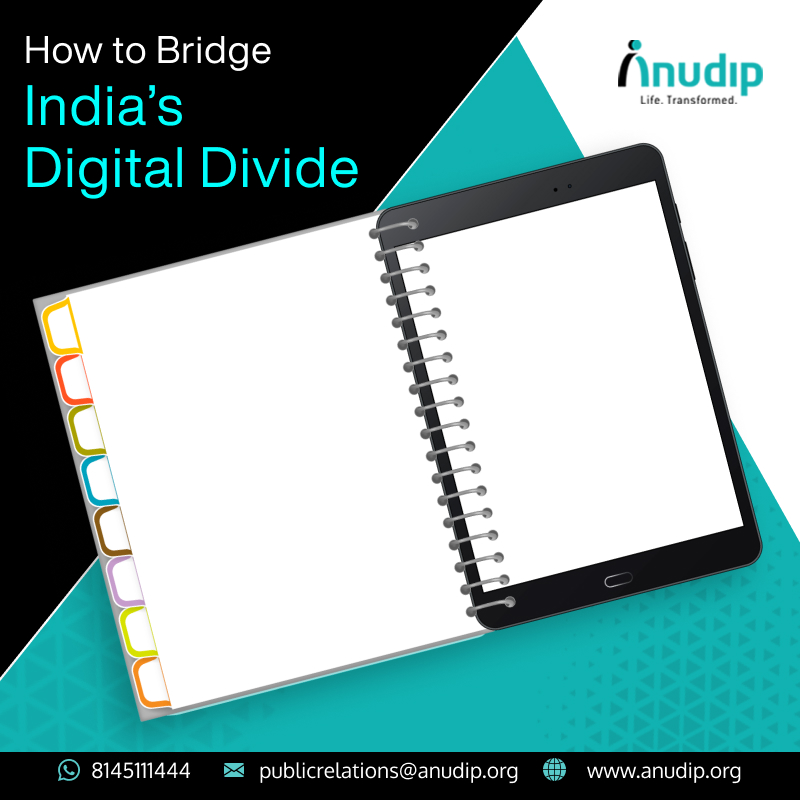
India is known for being a preferred IT destination for companies from around the world, thanks to its vast reservoir of skilled resources, a robust digital infrastructure, at least in the cities, and cost advantage. The burgeoning service sector in India that offers employment opportunities to scores of young people, especially in the IT and ITES sector, is something to tom-tom about. However, is everything hunky-dory about the sector, especially when it comes to people having access to digital resources across the length and breadth of the country? The answer is a stark NO as large sections of people living on the margins continue to miss the digital revolution sweeping the country. This reality has come to haunt policymakers and educationists during the pandemic when online classes became the norm with schools being closed. The stark digital divide between the rural and urban areas has made education unaffordable and inaccessible for many at a time when most schools have switched to online classes. Let us understand what digital divide is all about and how to bridge the same.
What is digital divide and how stark is it in India?
Digital divide relates to the gap that exists between regions and demographics having access to the IT ecosystem and those who do not have the access. The IT ecosystem refers to the presence of internet connectivity, mobile devices, telephony, and personal computers. This has turned out to be a big problem as many students and teachers in rural areas or among the marginalized groups in urban areas have had to opt out of mainstream education during the pandemic. This is due to the lack of access to digital devices and not possessing sufficient digital skills. If the digital divide continues to exist, then India risks losing a large number of students from getting access to mainstream education due to the pandemic-induced disruption.
To show the situation in contrast – most students in Himachal Pradesh with an internet penetration of more than 70% have access to online classes and digital textbooks. On the other hand, in rural Odisha where only 6% of households have access to internet facilities, most students cannot afford to continue online classes. In fact, around 10 states have less than 20% of internet penetration, including the IT biggies such as Karnataka and Tamil Nadu. So, what needs to be done to remedy the situation and bring more number of students into the digital ambit?
How to bridge the digital divide
It is only by adopting a multi-pronged strategy involving many stakeholders that the digital divide existing between demographics and regions can be bridged. Let us know more about them.
Expanding the digital footprint: Since digital is going to be the future enabling people cutting across regions to have access to digital resources, including those offered by the government, there should be a massive investment to augment India’s digital infrastructure. Care should be taken to spread it to the nook and corner of the landmass. Importantly, the connectivity should be of proper bandwidth so that people with digital devices can get access to online education, healthcare, e-governance, and other services.
Empowering non-profit organizations: In the vast landscape of India, expecting the government to reach every household and provide quality services is not feasible, at least in the foreseeable future. This is where non-profit organizations such as Anudip can do their bit by expanding their network of skill development centers. The ground experience of these organizations in working with marginalized yet aspirational people and empowering them should be leveraged.
Crowdsourcing: On the one hand, we have people buying newer digital devices at the drop of a hat and discarding the ‘operational’ old ones, there are people who don’t have the resources to get hold of any functioning digital device. To ensure a uniform distribution of such devices, crowdsourcing can be of help. It can enable people with limited means to get access to digital devices and continue their online education and other vocations. Also, people discarding their old ‘operational’ devices for new ones should be asked to donate the old devices to their less privileged brethren thereby empowering the latter to continue education.
Conclusion
India’s vast landscape and demography have led to uneven growth of internet connectivity. This has created a digital divide where the have-nots are losing out on education and employment opportunities, especially during the pandemic when online classes have become the norm. However, this digital divide needs to be bridged to enjoy the demographic dividend.